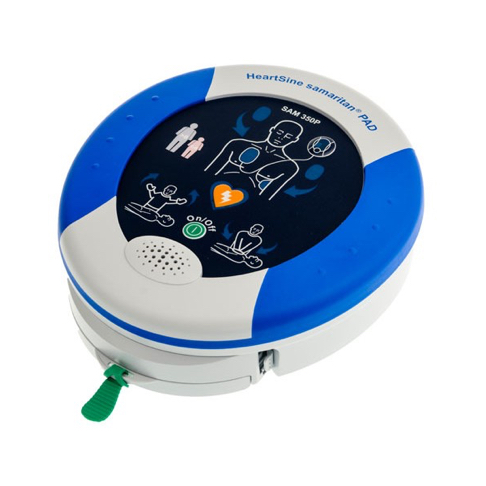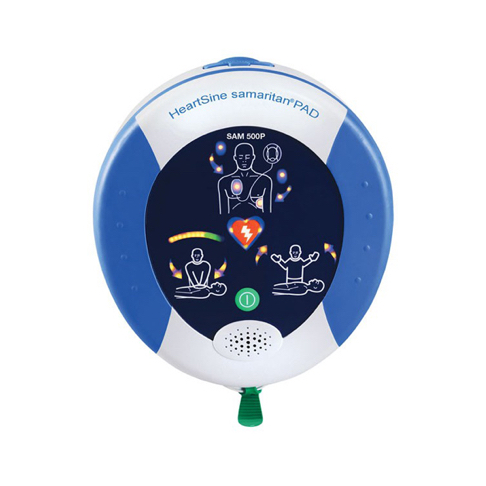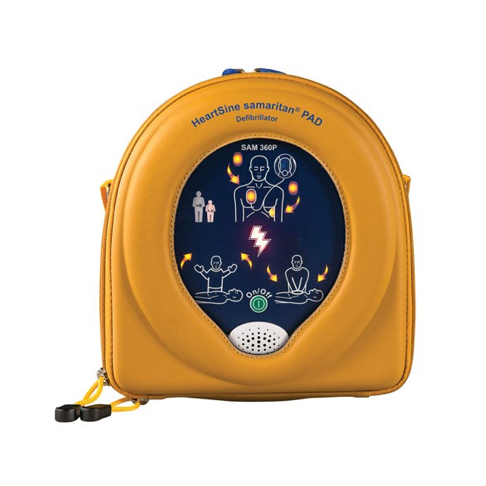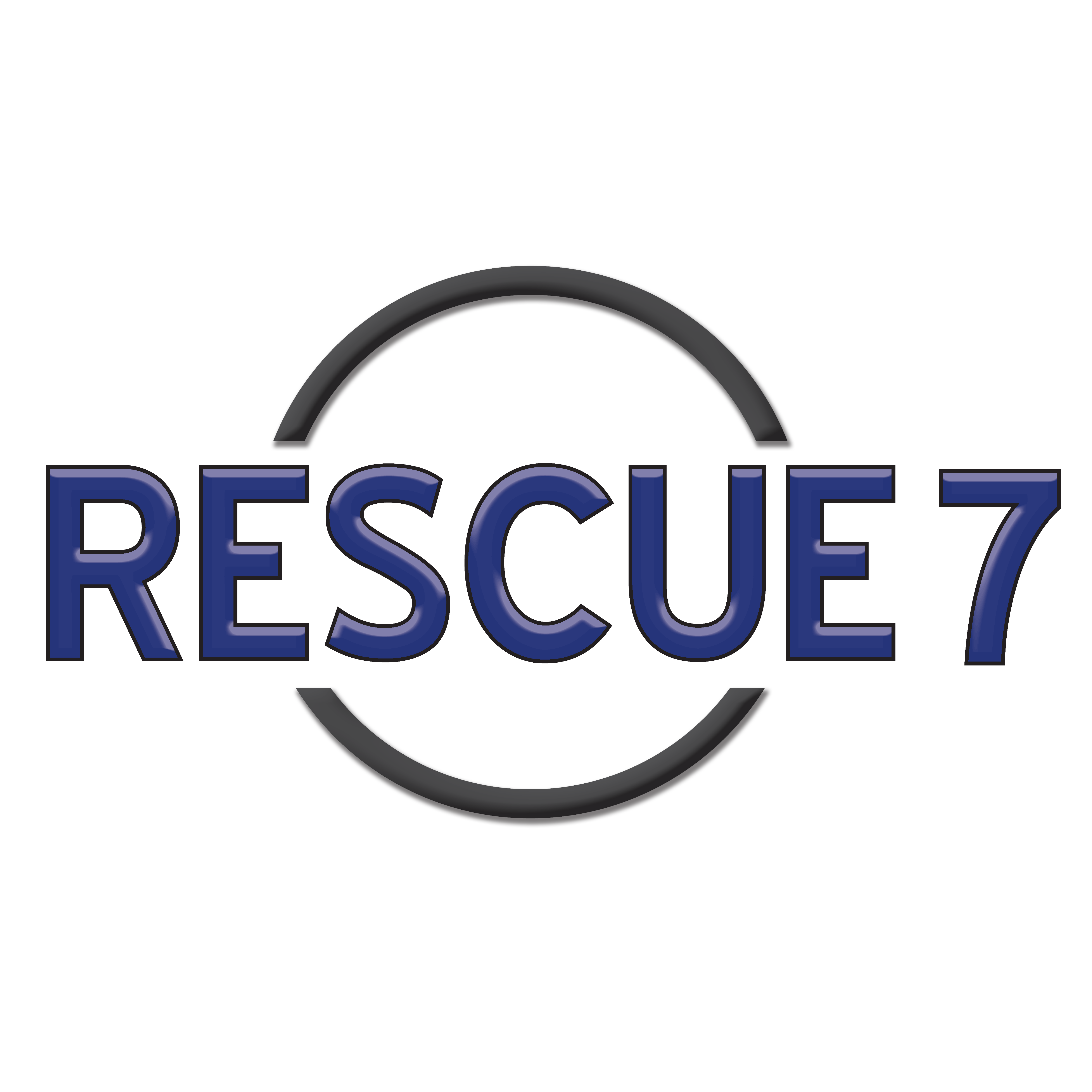How Much Should You Spend on an AED?
Automated External Defibrillators (AEDs) have become indispensable tools in the battle against sudden cardiac arrest, offering a critical lifeline to victims in public places, workplaces, and homes around the world.
However, with a wide range of models and options available, determining how much to spend on an AED can be a daunting task.
This comprehensive buying guide will help you navigate the various factors to consider, ensuring you make an informed decision that aligns with your needs, budget, and the lives you aim to protect.
Understanding AEDs and Their Importance
An AED is a sophisticated yet user-friendly device designed to analyze heart rhythms and, if necessary, deliver an electrical shock, or defibrillation, to help the heart re-establish an effective rhythm. Their simplicity and voice and visual guided instructions allow even untrained bystanders to administer potentially life-saving treatment in the critical minutes before professional medical help arrives.
Key Factors to Consider
Intended Use
First, assess the environment where the AED will be deployed. Will it be placed in a high-traffic public area, a corporate office, a school, or a home? The setting can influence the type of AED you need, as some models are designed with specific environments in mind, offering features such as higher durability or pediatric capabilities.
Ease of Use
Look for AEDs with clear, straightforward instructions, both in visual and audio formats. Devices that offer step-by-step voice guidance can be particularly beneficial in high-stress situations, helping untrained individuals to perform defibrillation confidently.
Maintenance and Durability
Consider the maintenance requirements and the durability of the AED. Some models feature self-testing capabilities, alerting you to maintenance needs. Durability is especially important for AEDs placed in outdoor settings or areas with high foot traffic.
Features and Technology
AEDs come with a variety of features, including pre-connected pads, CPR feedback mechanisms, and varying shock levels. Advanced models may offer detailed cardiac rhythm analysis and adjust the shock delivery accordingly. While these features can enhance the effectiveness of the device, they also affect the price.
Cost
AED prices can range from approximately $1,400 to over $2,600, not including accessories like carrying cases, replacement pads, or batteries. When setting your budget, consider the total cost of ownership, including maintenance and replacement parts.
Budgeting for an AED
After considering the factors above, you can begin to establish a budget for your AED purchase. Remember, the goal is to find a balance between cost and the features that best suit your needs. Here are some guidelines:
Basic Models ($1,400 – $1,800): Suitable for environments with limited risk factors and where users may have minimal training. These models are typically easy to use, with basic features and functionality.
Mid-Range Models ($1,800 – $2,200): Offer additional features such as CPR assistance or more sophisticated cardiac rhythm analysis, beneficial in schools, offices, or community centers.
High-End Models (Above $2,200): Best suited for high-risk environments or places where a wide range of individuals, including children, might need assistance. These AEDs come with advanced features, including detailed feedback for the rescuer, rugged designs for outdoor use, Wi-Fi and cellular connectivity, and comprehensive self-testing capabilities.
AED Recommendations
HeartSine® 350P

The HeartSine® 350P stands out as a top choice for its longevity, reliability, and endorsement by reputable organizations. It’s the biggest seller and a favourite among airlines like Air Canada and gyms such as GoodLife, underscoring its reliability and ease of use.
The HeartSine samaritan AED 350P is a compact, lightweight, and portable device designed for simplicity and efficiency. Its audio and visual prompts guide users through the rescue process, making it accessible for anyone to use in critical times.
Find out more about HeartSine® 350P here
Stryker HeartSine® 500P

This model is unique for its live coaching feedback, guiding users through the rescue process in real-time. Its adoption by major retailers like Loblaws and Shoppers Drug Mart speaks to its reliability and user-friendliness.
The Stryker HeartSine AED 500P is an innovative device providing real-time CPR feedback to ensure the effectiveness of rescue efforts. It’s designed to guide the rescuer with audible commands and visual cues for optimal CPR performance.
Find out more about Stryker HeartSine® 500P here
Stryker Physio CR2

Notable for its Wi-Fi connectivity, the Physio CR2 is ideal for large commercial spaces requiring multiple units. It’s trusted by big retailers such as Walmart, showcasing its effectiveness and reliability.
The CR2 features self-monitoring capabilities and Wi-Fi connectivity, providing comprehensive insights into each use, which can be crucial for emergency responders. Its ease of use and cprINSIGHT™ technology make it a standout choice.
Find out more about Stryker Physio CR2 here
Stryker HeartSine® 360P

Designed for public access, the HeartSine® 360P is a fully automatic defibrillator that combines advanced technology with ease of use, ensuring that anyone can operate it in a time of need.
Find out more about Stryker HeartSine® 360P here
Conclusion
Investing in an AED is a significant but crucial decision that can save lives. By carefully considering your needs, the setting in which the AED will be used, and the features that are most important to you, you can find a device that fits your budget and provides peace of mind.
Remember, the value of an AED transcends its price tag; it’s about the potential to make a life-saving difference when every second counts.
Whether you’re leaning towards a basic model for a small, low-risk area or a more advanced system equipped with cutting-edge features for high-traffic or high-risk environments, Rescue 7 has options that can fit your specific needs and budget.

